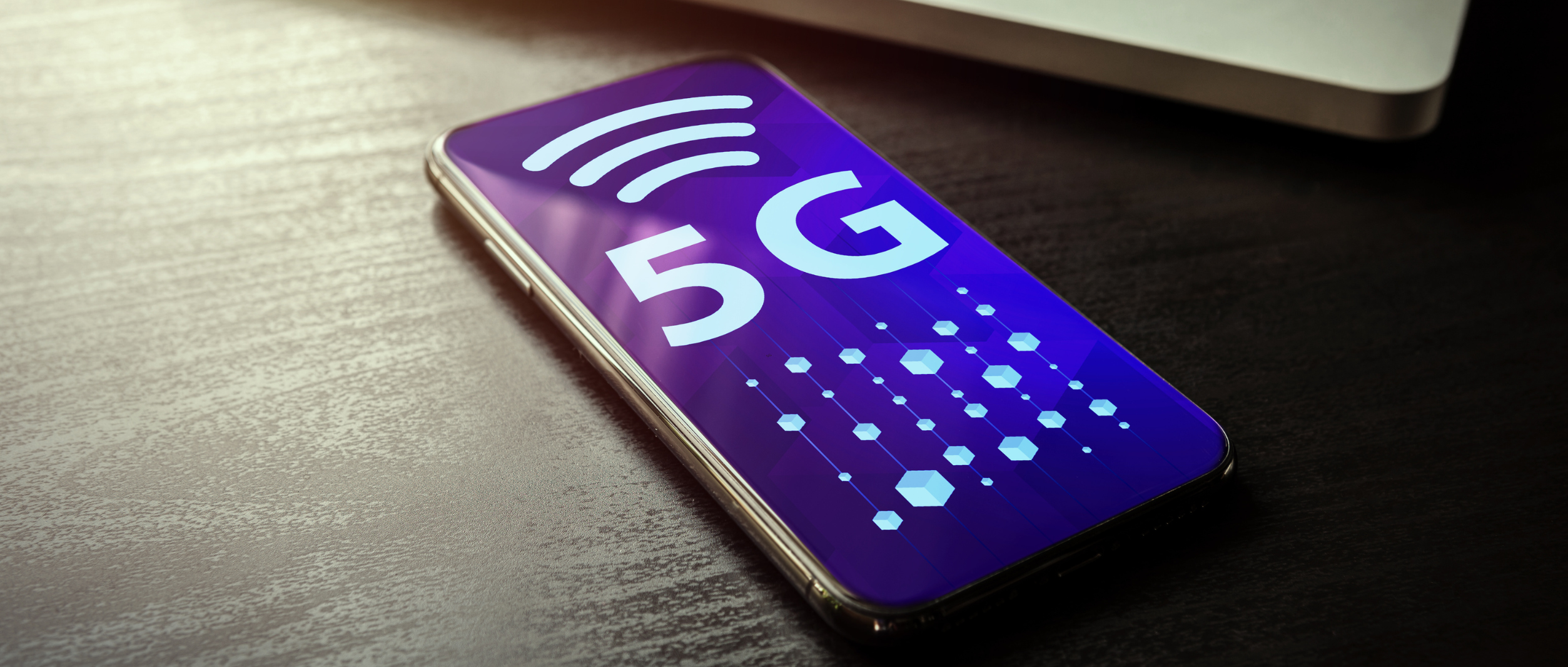Despite its rollout being relatively slow, 5G has been the center of much hype for some time. On the positive side, many believe it has some amazing abilities to support future tech. On the not so positive side, some believe these abilities so amazing that it became a curious conspiracy theory.
Remember back in 2020 when the world was reeling from the devastation being caused by COVID-19? Caught up in unfortunate timing of when new 5G towers were being installed, rumor had it that 5G towers were causing and spreading the disease.
Now while 5G has some advanced capabilities, beaming out Corona was never one of them – sorry conspiracy theorists. So instead of hashing out what 5G might or might not be transmitting, we thought to talk about the more technical aspects of 5G and what makes it particularly relevant in today’s tech world.
We have connectivity, what more does 5G offer?
Connectivity is assumed as an essential to modern life – unless you live in a remote part of Alaska. So much so that it’s led to the expectation to be able to stay connected just about anywhere you go. Yet even with extensive existing infrastructure, there are still times when signals drop. This is usually not because a system has disconnected, but rather because of bottlenecks hindering its ability to deliver the speed or capacity required.
Consider a stadium event with tens of thousands of people livestreaming a concert or highlights from a football match on their phones. 4G can typically support around 4,000 devices per square kilometer at a speed of 100Mbps. Compare this to 5G that offers speeds of up to 1Gbps and the ability to support a million devices per kilometer. In a stadium environment, 4G lacks the capacity needed. By comparison, 5G could easily deliver fast connectivity to everyone at the event.
Major events like this may be the exception to daily demand requirements, but this is unlikely to remain the case for long. Forward facing technologies such as AR, VR and AI require faster data processing and bandwidth capabilities. With AI being integrated into almost every available software solution or platform, 5G infrastructure is needed for them to operate effectively.
Think about what people want most when it comes to broadband. They want fast networks, reliable connections, rapid data transfer and almost instant responsiveness. With new technologies offering more, broadband infrastructure needs to be able to keep up.
Is there a downside to 5G?
While the advantages of 5G may make the case for deploying 5G infrastructure obvious, it comes with a rather steep price tag. Cities and industries know that they need it, but funding implementation isn’t always easy. To overcome this, some organizations are entering into partnerships to deploy 5G without having to lump the entire costs of doing so.
Examples of this are partnerships between Verizon and the NFL, where Ultra 5G has been deployed in 25 NFL stadiums to provide a better live audience experience. Vodafone has done something similar with the Bundesliga in Germany.
While this may accelerate deployment of 5G in certain sites such as stadiums, it doesn’t extend to broader deployment in cities. The gaps in 5G coverage are a problem hindering further development of smart infrastructure in cities. The demand for it may be there, but this isn’t always matched by the availability of budget.
This is considered one of the reasons that 5G rollout has been so slow to date, but now with newer technologies demanding greater capacity and bandwidth, this may well start to change. There’s little point having advanced AI capabilities if it’s throttled by poor latency. The urgency to accelerate 5G roll out is getting more pronounced.
AI needs 5G, does 5G need AI?
The influence of AI on networks is that the volume of traffic between data centers is likely to increase exponentially. In addition to greater speeds and capacity, 5G also offers a broader range of frequencies to operate on. This allows for faster data transfer and broader coverage. In other words, it provides exactly what AI needs.
But this is not only about what AI needs from 5G. Many telecom and IT engineers believe that AI has a lot to offer 5G in return. For a start, many believe that AI can improve 5G network efficiency by as much as 40%. Additional benefits include network troubleshooting, scheduled maintenance, energy efficiency and improved security. With AI helping 5G to operate more efficiently, it may make the investment to upgrade networks more worthwhile.
Having said that, many are concerned that AI has already evolved too rapidly without any real governance in place to ensure that it is used ethically and safely. Perhaps the slow rollout of 5G is a way of throttling AI implementation so that governance efforts have an opportunity to catch up. At the very least it’s something to think about as plans are made to speed up 5G upgrades. With so many interrelated factors, it’s easy to get caught up in the benefits, but let’s not forget about the risks.
A faster wireless future
Even with existing technologies, there is consistently a desire for greater speed and capacity of wireless services. AI is tipped to overcome common challenges to deliver that faster wireless world of connectivity that we desire. But does it extend beyond that?
As robotics and automation start to become mainstream across industries, could the combination of AI and 5G enable use cases that until recently seemed wildly futuristic? Imagine a doctor conducting remote surgery using AI and robotics, made possible by a fast 5G network.
Industrial automation, manufacturing, personalizing customer experience in retail, even autonomous vehicles. As the network capabilities expand with 5G so do future tech applications. But let’s not share with those that thought 5G transmitted Corona, they might just lock us up in their doomsday bunkers.
For more discussions on future tech, subscribe to ChannelBytes – where we do our best to keep one step ahead of hype and conspiracies, and bring you the news of what’s really happening in tech.




